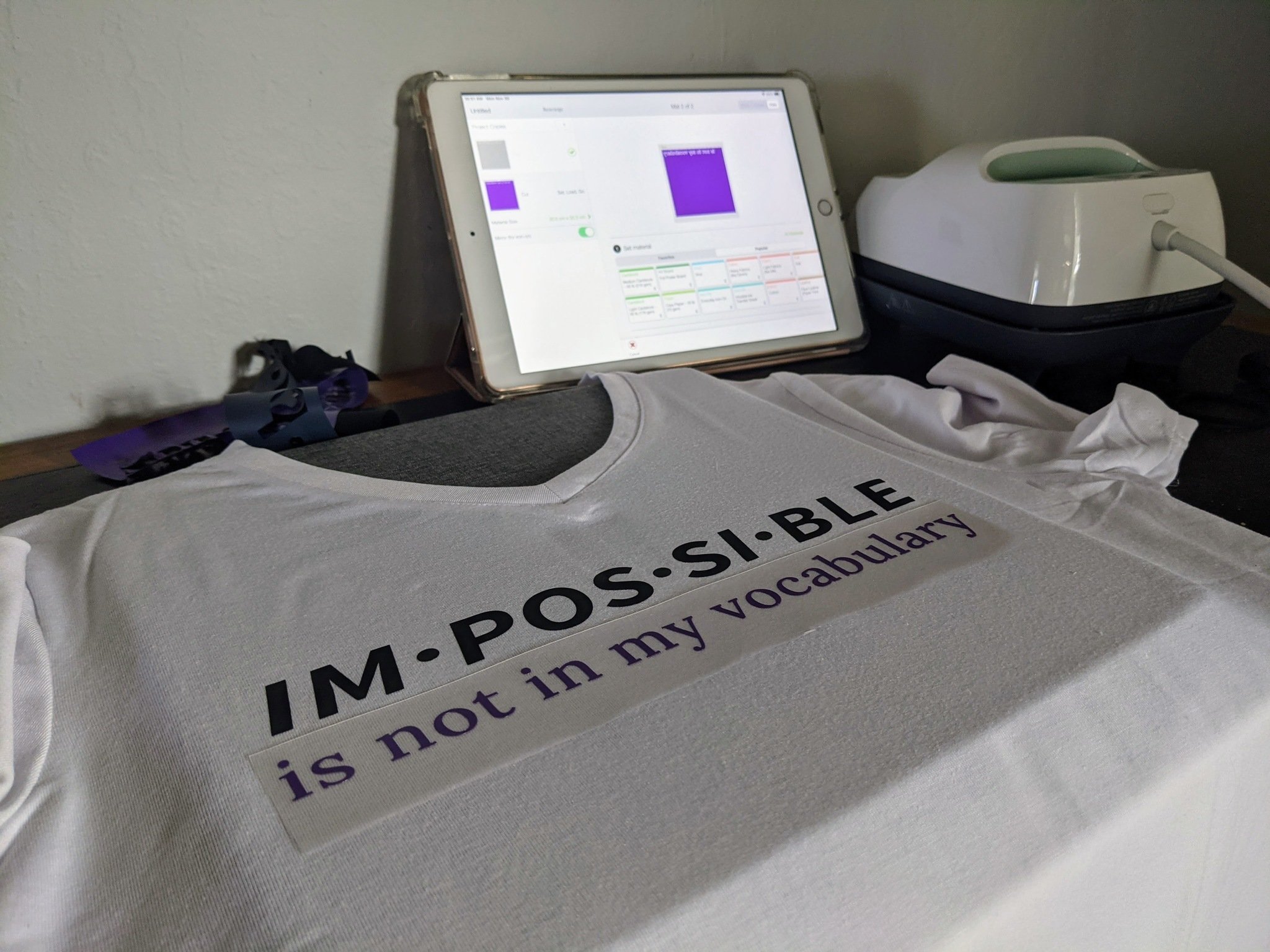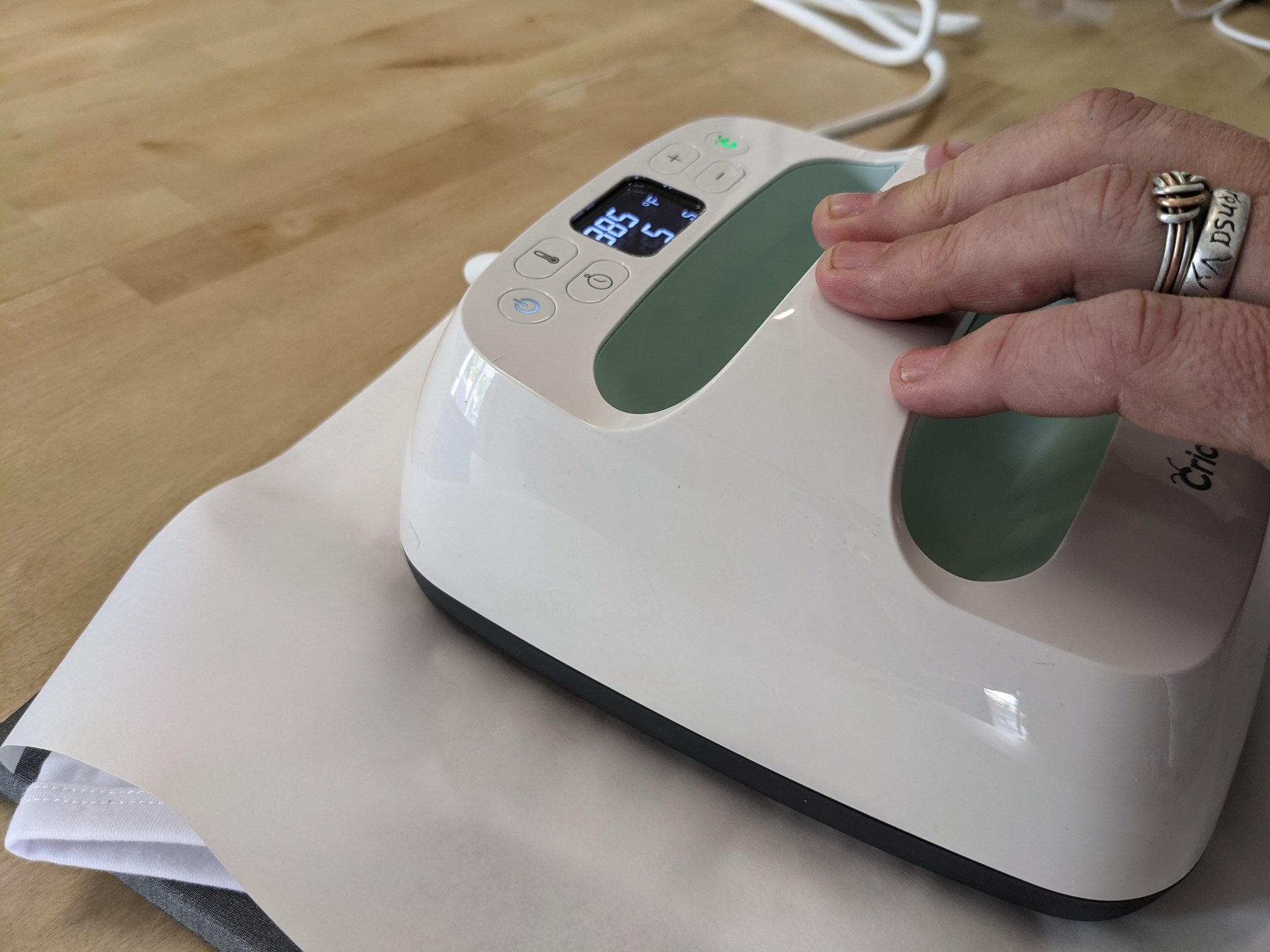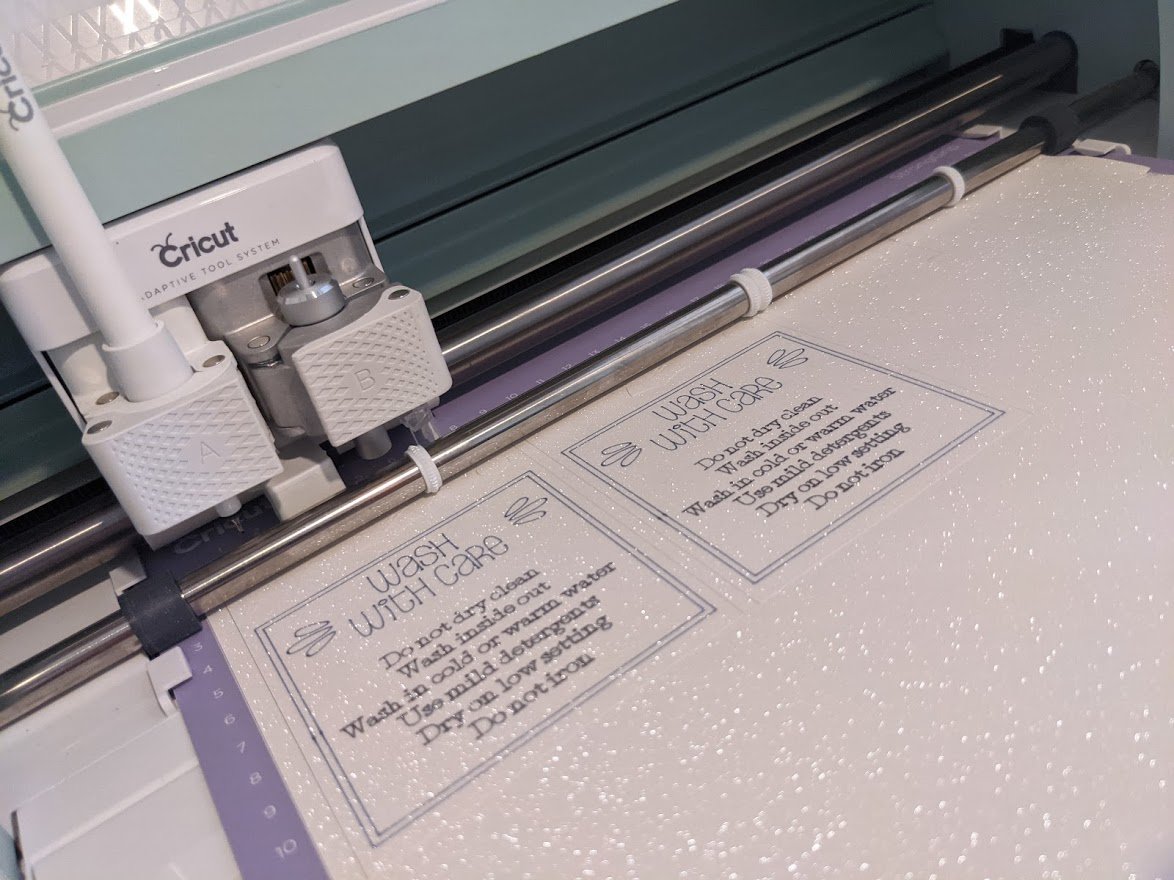iMore Verdict
Bottom line: The Cricut Maker is so much more than a vinyl cutter; it is an outlet for creative people to make beautiful things in a variety of different mediums. I will never go back to cutting by hand, and you shouldn't either.
Pros
- +
Gorgeous design
- +
Changeable tool heads
- +
Can cut and draw a variety of materials
- +
Simple operation
Cons
- -
Cricut Design Space app needs work
- -
First party materials can be pricey
You can always trust iMore.
I have been an avid maker for many years now — designing and 3D printing models of all types — and I've had my eye on the Cricut vinyl cutters as a new area of making to get into. I contacted Cricut, and they sent me out Cricut Maker in exchange for my unbiased review, and I am delighted I did. I have enjoyed my time with the Cricut Maker, and I can see a lot of future projects dancing before my eyes.
The Cricut Maker: What I like
When you are looking for a tool to do a job, you often don't worry about what it looks like, and companies can often be forgiven for making machines look very industrial. Cricut, thankfully, didn't go that route with the Maker, and I'm grateful for that. The Maker is designed beautifully with every little detail thought out ahead of time. The metallic cover on the top doesn't really do anything except keep dust out, but it has a fine bevelled edge that screams quality, and when you lift it, it activates a slow hinge for the bottom tray to lower smoothly. It's a fantastic mechanism that makes me feel happy every time I do it.
Part of the excellent design is the quick change tool heads that make the Cricut so versatile. It has two clamps — one is used for assorted types of pens, the other for the tool heads — and they allow you to swap tools in the middle of a crafting job so you can change things on-the-fly. That term perfectly describes the Maker too. The versatility comes not just from the various tools and materials you can use, but with how many of them you can use in a single project. My wife and I made simple washing labels for some shirts we made for colleagues, and the Maker let us write the labels and cut them out as part of the same project, and it took just minutes to get done.
The Maker is designed beautifully with every little detail thought of ahead of time.
When writing a review, I try to use all the available materials and tool heads possible, but the Cricut Maker had me stumped. The materials are just too varied for me to try them all. There is vinyl, High-Temperature Vinyl (HTV) — HTV is used for ironing onto clothes — wood, leather, heavy card, and even thin aluminium can be used to create as many projects as your mind can create. I know I seem to be waxing lyrical about the Cricut Maker, and there are issues with it that I will get to later, but the possibilities it opened to me cannot be overstated.
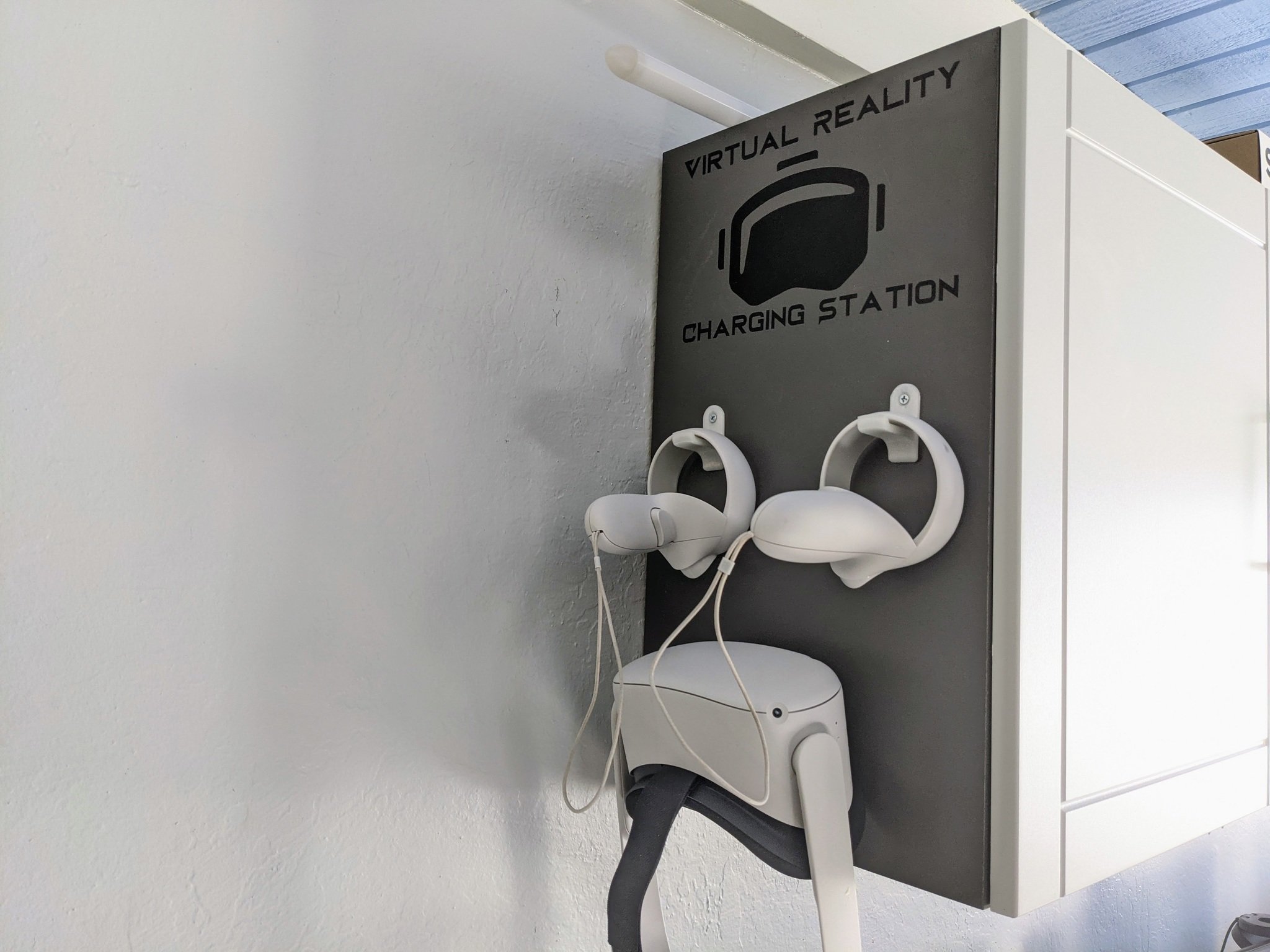
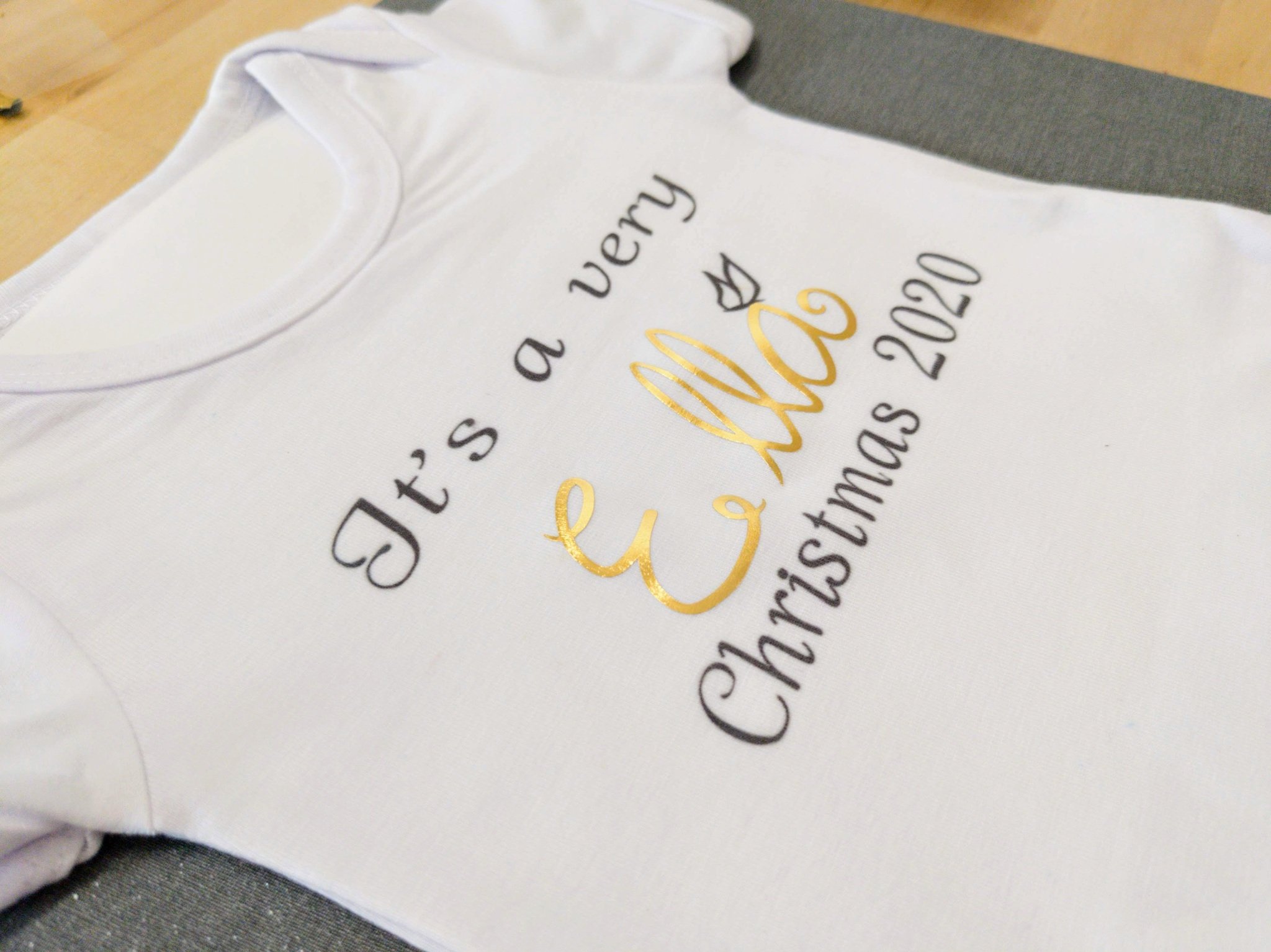
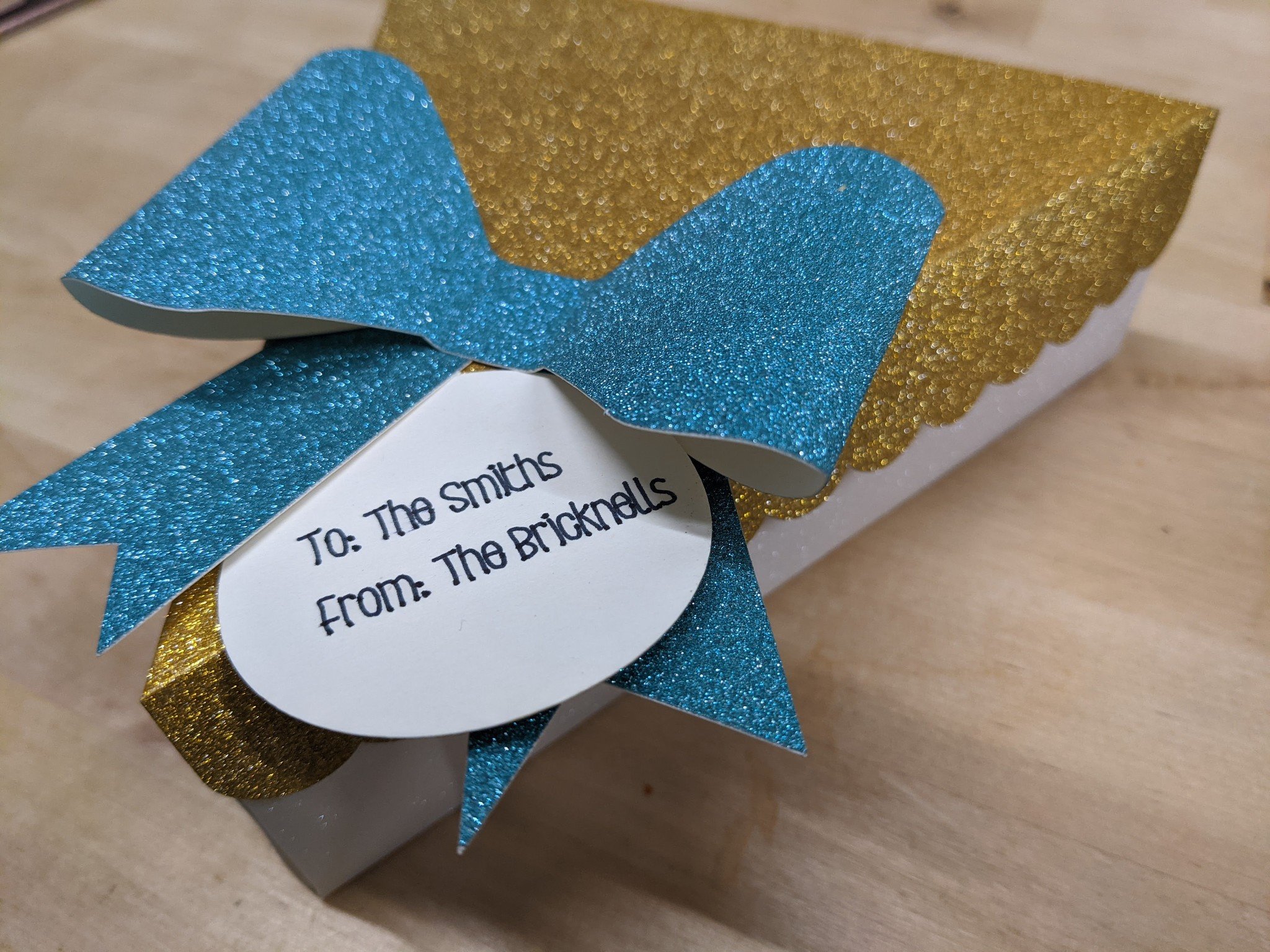
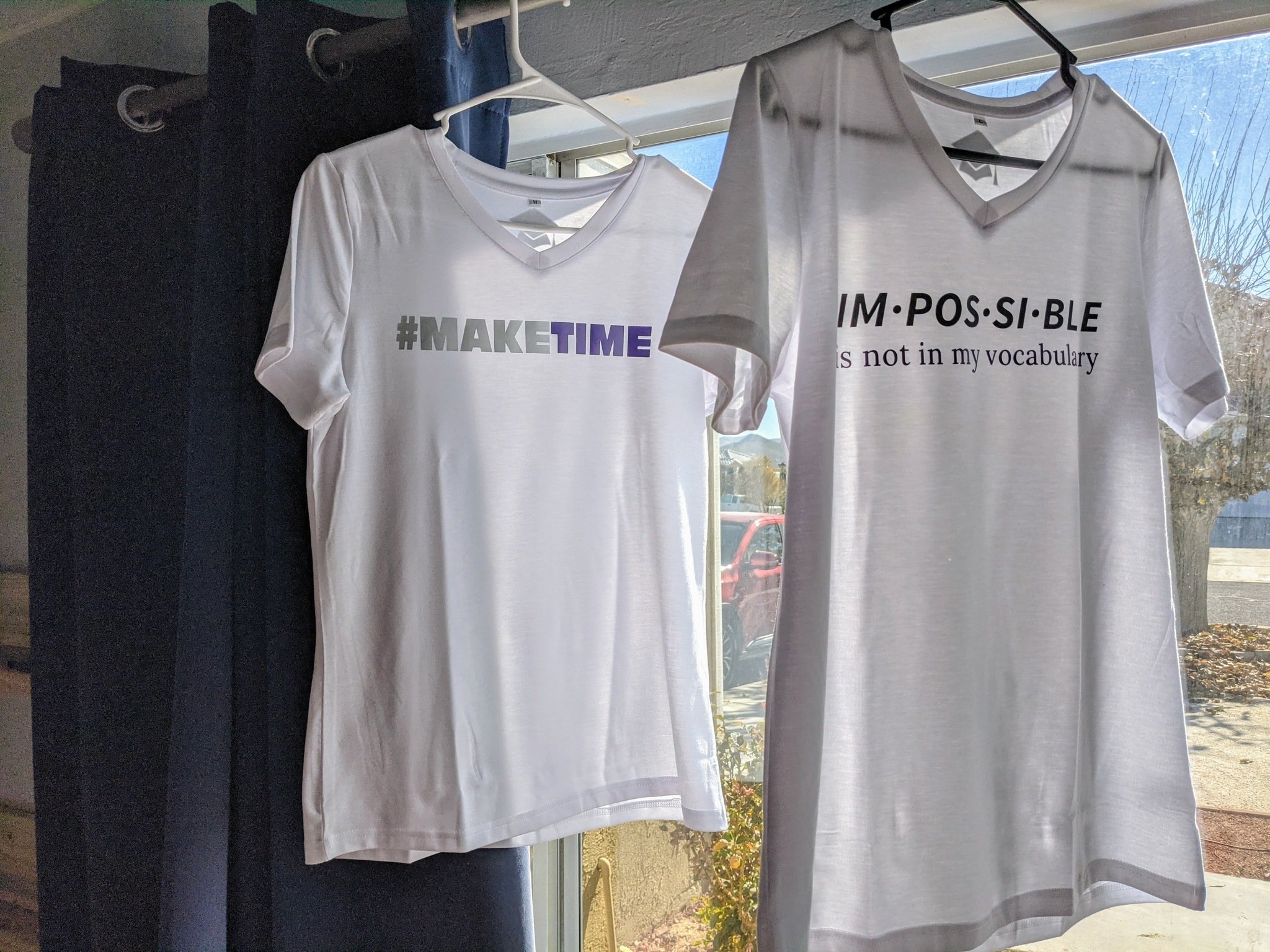
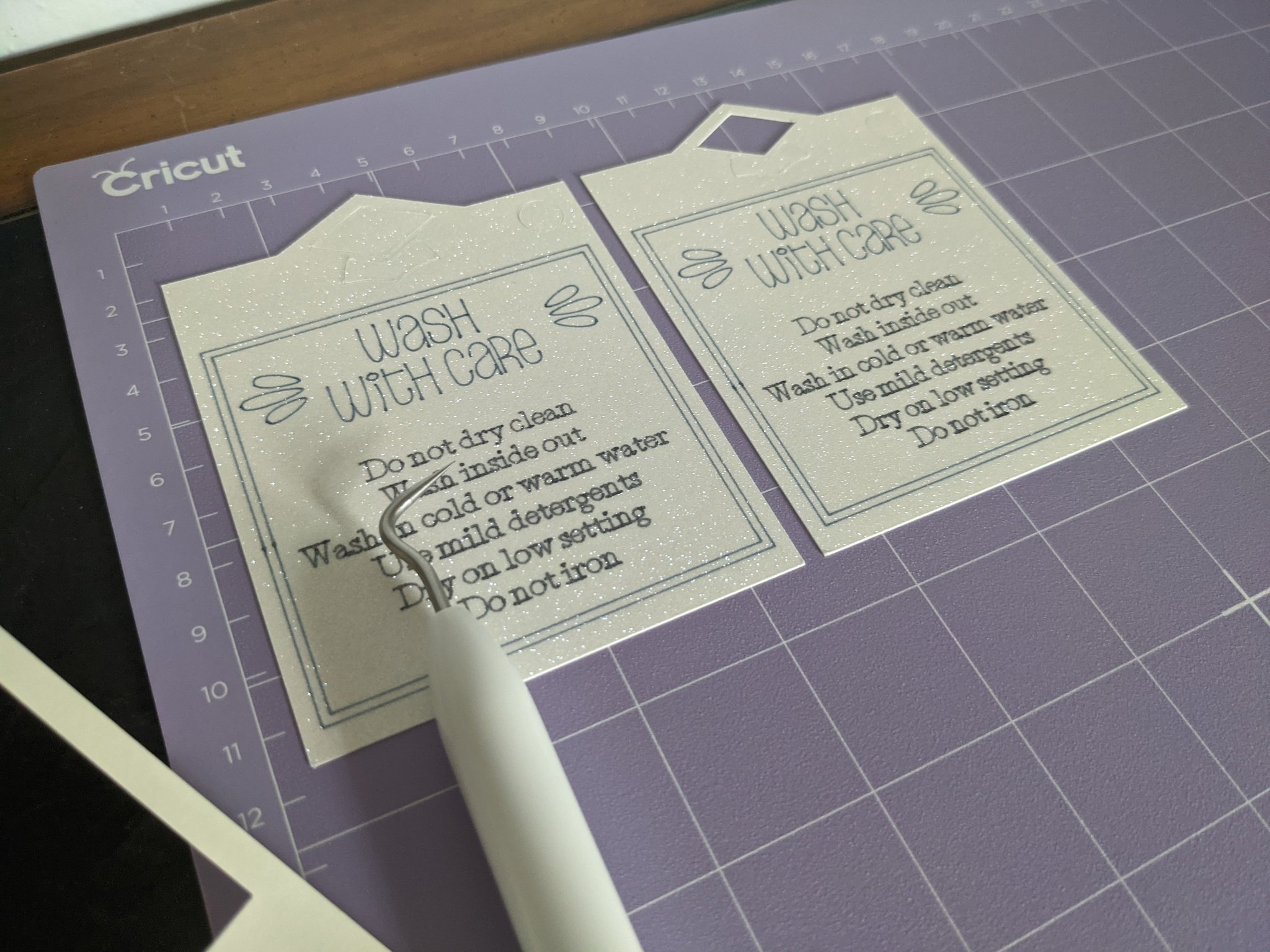
The most common use for Cricut Maker is cutting vinyl, and it does that very well. The changeable blades are designed to cut through these plastics easily and can perform intricate cuts far better than I would have believed. I assumed that the blades would get caught on the vinyl, or pull it as it cut but so far I haven't and that issue at all. The vinyl is held on tacky mats that feed into the machine. These mats keep everything square while you are working and make it easy to cut fine details without hassle. The mat does feed all the way through the machine though, so you need to have a foot clearance behind the machine as well as the front. You can't just push it against a wall — it needs some space.
There is something zen about weeding as you clear away the noise to see the pattern beneath.
Once you have cut the vinyl to size, you get to do the weeding. Weeding is the removal of excess vinyl from your project and is a lot of fun. There is something zen about weeding as you clear away the noise to see the pattern beneath. The trick with weeding is choosing which parts of the pattern to weed. You may want to weed everything but the letters as you can see on my "Virtual Reality Charging Station," or you may want to weed out the letters to create a stencil to paint on your wall. Weeding is a skill and one I am trying to learn about as I go. While the Maker does come with a hook weeding tool — the very basics of what you need — I spent some time with some of the best Cricut tools around, and trust me, more of these tools is always better.
Making T-shirts was something I was hesitant about as there seems to be a lot of ways to mess it up, but once I actually tried, it turned out to be a lot of fun. Using HTV is the same as normal vinyl in most ways, but you need to heat it on the T-shirt to get it to fix in. We used the Cricut EasyPress to do that, and if you are thinking of making a lot of shirts, I recommend picking one of those up as well. It made everything much easier.
iMore offers spot-on advice and guidance from our team of experts, with decades of Apple device experience to lean on. Learn more with iMore!
Easy is a good way to describe my entire experience with the Cricut Maker. The machine connects to your Mac, PC, iPad, or phone with ease, and while I had some failed attempts, almost all of them were due to operator error. In my view, the hardware is almost flawless in the job it is being asked to do. The software, though, that's a different matter.
The Cricut Maker: What needs work
Like many exceptional pieces of hardware, it's often the software that creates problems and Cricut has not escaped this trend. The Cricut Design Space, while adequate to get the job done in most cases, it lacks some touches to make it truly helpful. While the Mac/PC version is pretty full-featured, the iPad app is a little more basic. The app does come with a snapshot feature that lets you organise your cutting onto scrap pieces of vinyl from an image taken with the iPad. It's a handy feature if you want to save on wasted materials. I do wish that design space was better at converting images, though. When you want to cut something of your own, you will need to convert it to an SVG file format, and while there are many ways to do that, they aren't always successful. Having an in-app converter would be very helpful.
The Cricut Design Space, while adequate to get the job done in most cases, it lacks some touches to make it truly helpful.
To get the most out of the Design Space, you really need to have Cricut Access, the subscription service from Cricut. Access gives you well, access, hundreds of different designs that can be loaded into design space, as well as tons of fonts. The more you spend on your subscription, the more stuff you can use for free including copyrighted material from Disney, Marvel and a host of other places. The biggest reason to get Access, though is that all of the non-copyrighted material can be used by you to make money. There are limits, of course — you can only make 10,000 finished products a year for example — but if you are just starting and want to make a little extra money, this is a great way to begin.
The other minor point sticking point is the cost of first-party materials. While not prohibitive, they aren't as cheap as you could want. Fortunately, there are a lot of alternatives out there, and Cricut doesn't make it difficult to use them. There are third party tool heads, as well as materials and weeding tools, all of which are compatible. This is just nit-picking though, especially if you looking to sell your products. You can easily make the cost of materials back and make a handsome profit, even if you are using Cricut branded materials.
The alternatives
The Cricut Joy

The Cricut Joy is a smaller version of the maker and is considerably cheaper. If you are looking to do personal projects that are small and simple, then the Joy may be perfect for you. It does require the use of more branded materials though so you may want to look into that first. Karen Freeman wrote an excellent Cricut Joy review to help you decide which is best.
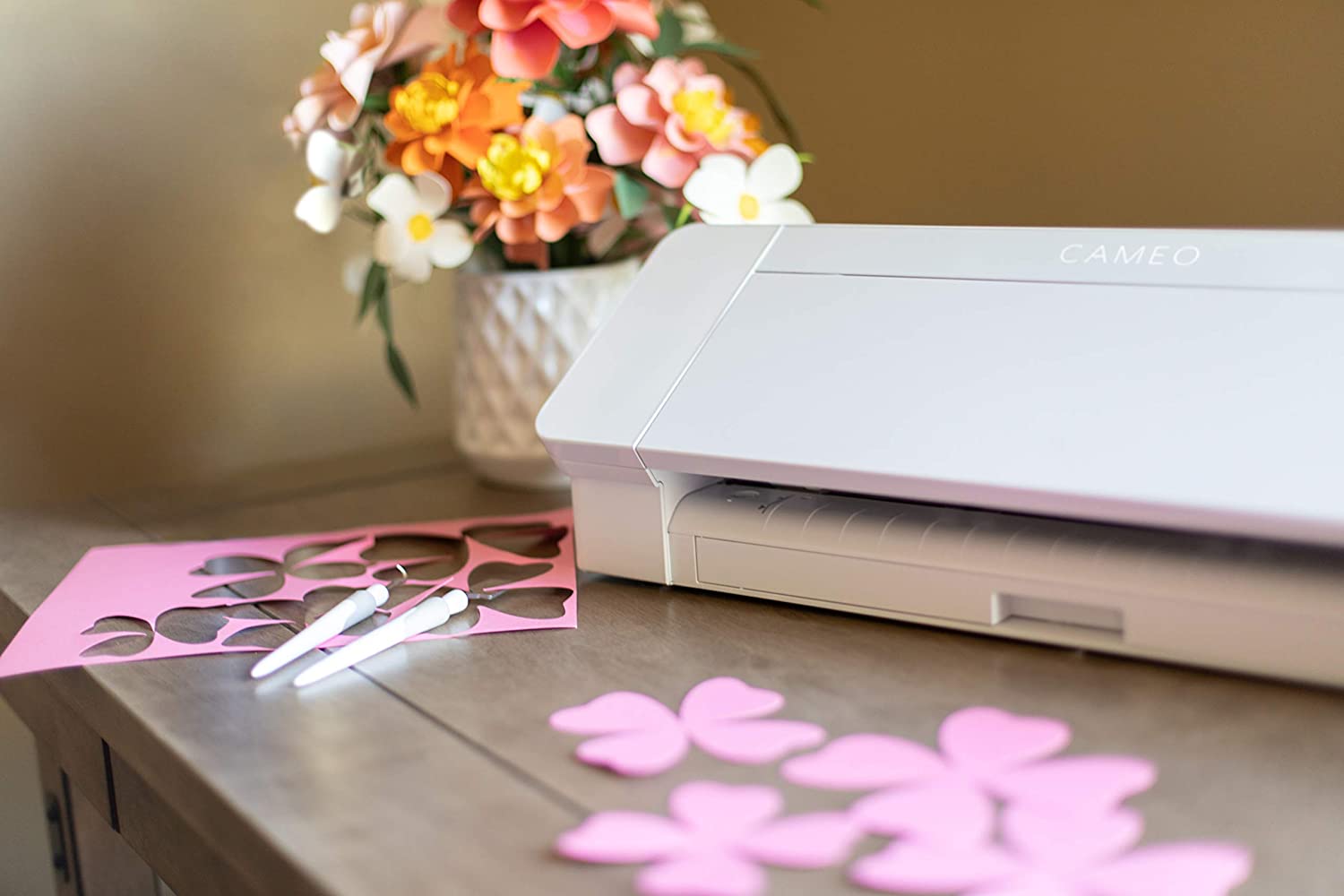
If you are looking for a large, full-featured machine, then the Silhouette Cameo 4 might be right for you. Like the Maker, the Cameo 4 is a large scale machine capable of cutting vinyl extremely quickly with amazing accuracy. I especially like the roll feeder that allows you to feed entire rolls of vinyl through the machine without a cutting mat.
The Cricut Maker: Should you buy
When I first thought about a vinyl cutter, I had a definite idea in mind. I wanted to use it to cut decals for my cosplay gear, and it works really well for that purpose. The more I used it, though, the more I realized how many other projects I could do with it. This review is already over 1,500 words so I can't list all of the projects my wife and I have completed since it arrived, but there are many and they all vary in terms of materials — some that I would never have thought of using before. It has been a joy to use and opened my eyes to other creative possibilities.
You should buy the Cricut Maker if you are looking to expand your creative possibilities or if you are looking to make physical versions of your designs. The Maker is an extremely well-built and will last you through any craft ideas you have. Thanks to this machine I have a new obsession, and I'm ok with it.
James is a lover of all things new and shiny. From 3D printing to Nintendo he stays current with all the technology that will lead us into the future.


